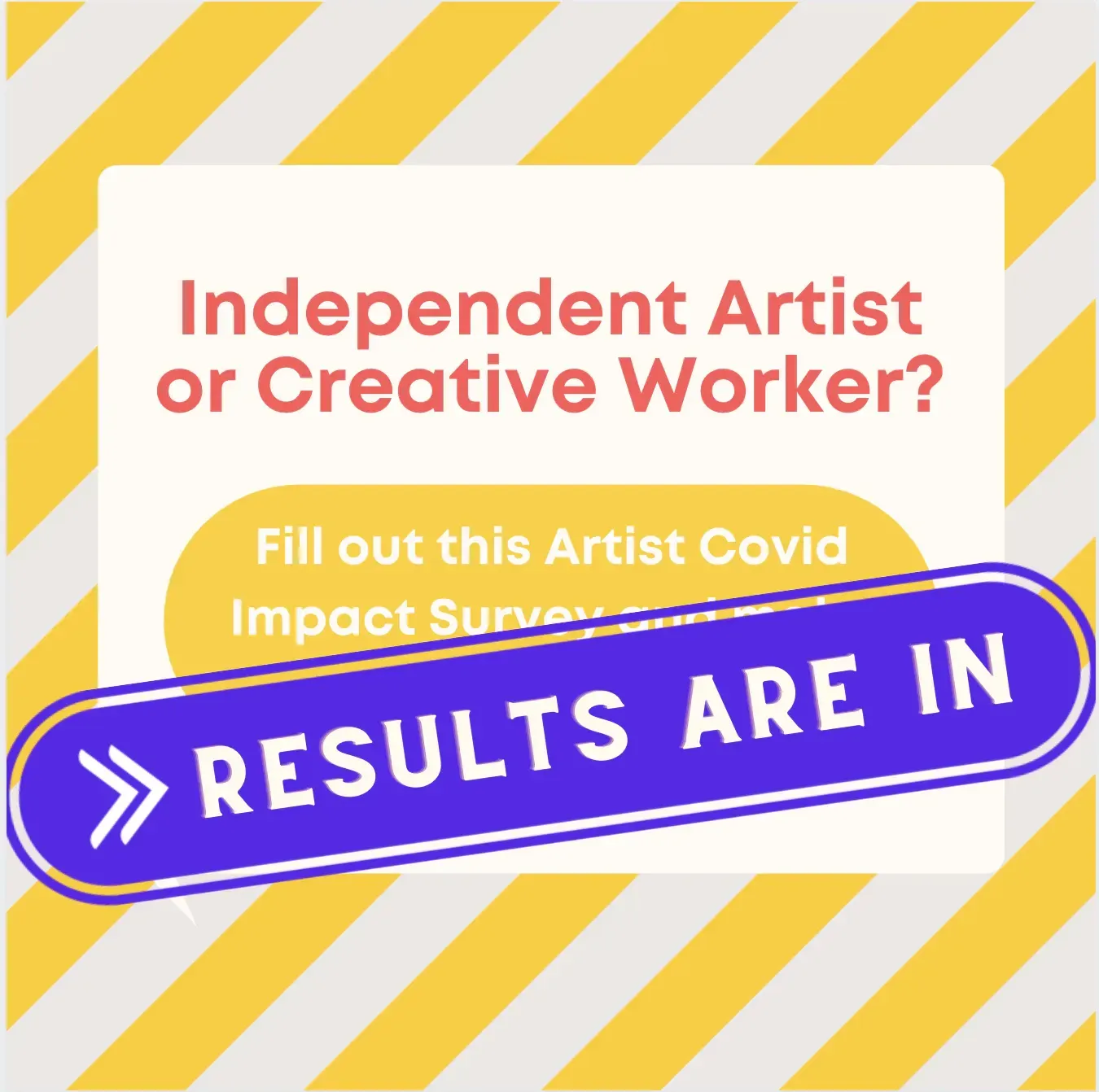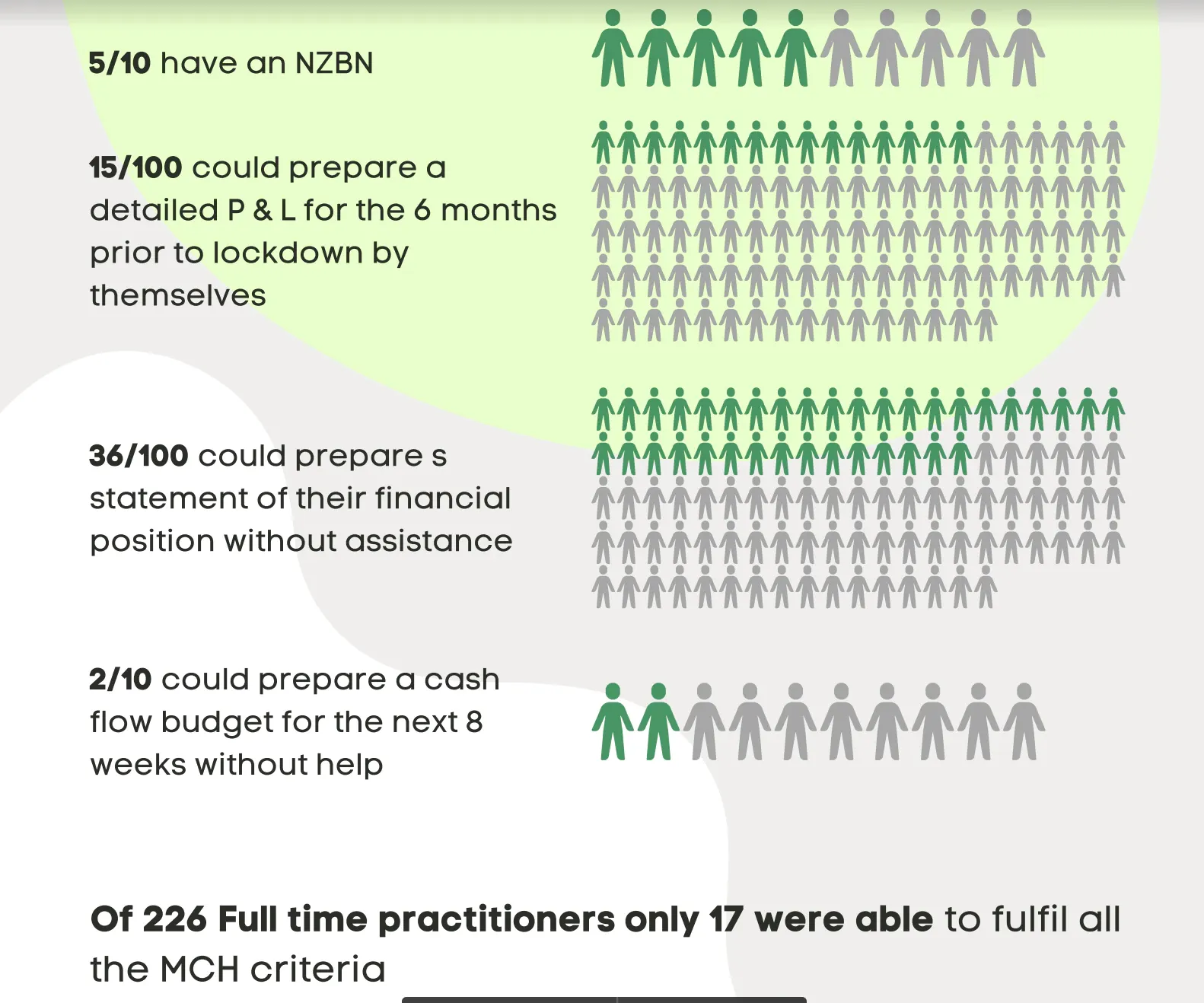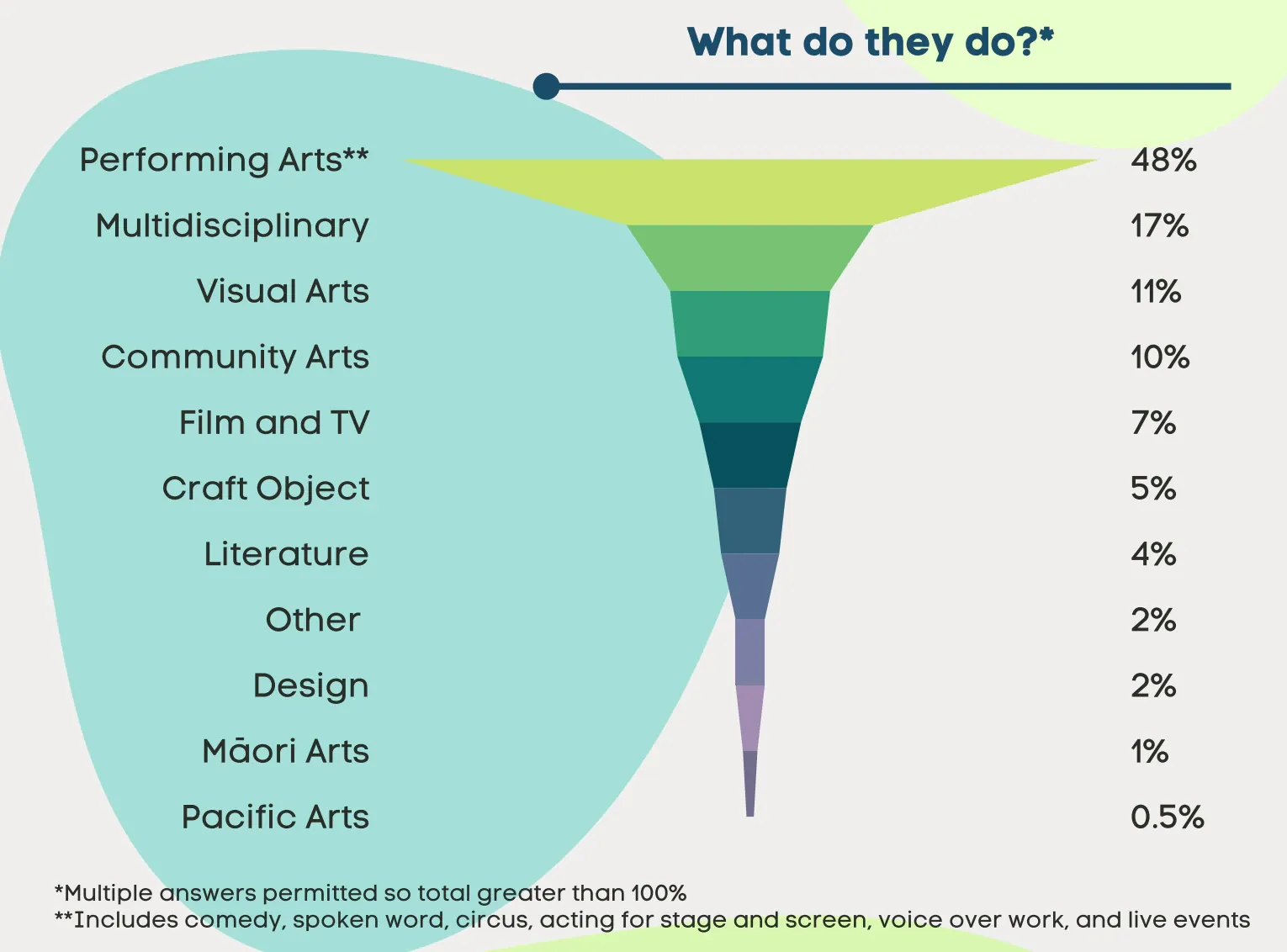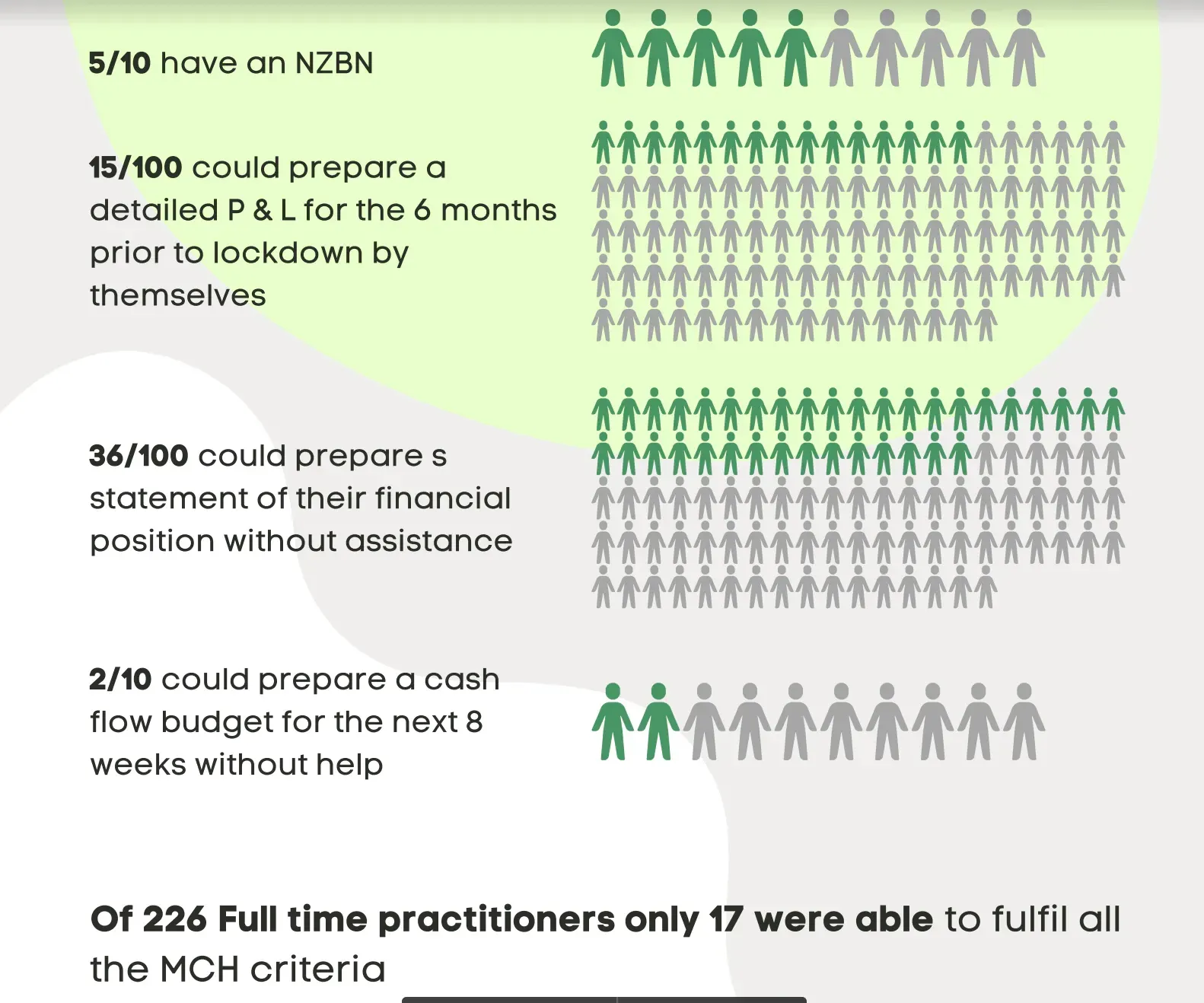Aotearoa Artists Feel Targeted Support "Fails Independent Creatives"
Written by

"I have essentially exited the industry after 20 years. I cannot maintain a living from my practice any longer."
“It is hard to reach out for help when people believe you have chosen a hobby as a career."
"The parameters, process and policy of the Ministry's Emergency Relief Fund fail independent creatives."
These aren’t buzz phrases or retellings of stories heard through the grapevine. They’re straight from the mouth of Aotearoa’s independent artists.
And the statistics they helped supply are even more damning.
The Independent Artist Survey, put together and collated by independent artists Johanna Cosgrove, Alice Canton and Sam Snedden, struck a chord with many.
The trio stated “the results provide a clear picture of a community in the midst of a deep financial and emotional crisis. It also points to some clear actions that can be taken to alleviate this crisis and, even now, avert some of its worst outcomes.”
Among concerns of the practitioners who took part - and perhaps the most immediate of them - is whether or not they can actually meet the criteria of the emergency funding targeted to support them.
In September, Mantū Taonga Ministry of Culture and Heritage (MCH) announced an injection of $37.5 million of Delta support to the sector. $5m of that is set aside for the Emergency Relief Fund - to help individual creatives and organisations at risk of not being able to operate viably within eight weeks, that won’t receive support from the sector agencies, and where other government supports are not meeting the unique needs of the cultural sector.
To access this support artist and arts organisations have to:
-
Have an New Zealand Business Number (NZBN)
-
Provide a detailed Profit and Loss statement for the 6 months prior to lockdown
-
Provide a statement of their current financial position
-
Prepare a cash flow budget for the next 8 weeks
Only half of those surveyed had a NZBN, a mere 15% could prepare said P&L statement by themselves, 36% were able to provide a statement of their financial position without assistance and just 20% could pull together the required cash flow budget without help.
Frighteningly, only 17 of the 226 full-time practitioners who completed the survey (the rest were part-time or irregular) were able to fulfil all the MCH criteria - just 7.5%.

Image: Independent Artist Survey.
In its findings, the survey states “Current mechanisms for accessing financial support are insufficient, overly complex and inaccessible for the vast majority of independent artists and practitioners.
“This is especially problematic given that independent contractors make up the vast majority of those working in the creative industries.”
Replying under the guarantee of anonymity, one of the survey participants explains "my ability to keep working as a creative is dependent on all parts of the sector remaining resilient and the MCH Funding does not seem to take this into account.
“The requirements for the fund are beyond the capacity of many, if not most independent artists and arts organisations and this does not bode well for continued resilience of the sector.
“I welcome any additional resource…for the diverse practitioners in the arts who need emergency financial relief"
Discussing the possible way forward, the survey data points to “targeted financial support for independent contractors that uses a high trust model.”
It used the example of Creative New Zealand's Emergency Relief grant model from the original 2020 lockdown - which had high uptake across the sector and significant impact on those who received it. 79% of those surveyed who received the CNZ grant said it was Important to their financial stability in 2020.
Subsidy of little relief
The Wage Subsidy and The Resurgence Support Payment have been seen as key government initiatives across all sectors of industry. But of those surveyed who took it up, 70% said this was either barely enough, or not enough money to live on.
"The wage subsidy is $600 per week. At a 17.5% tax rate, that’s $495 per week, making it $12.40 per hour. How is this possibly a living wage?"
Another stated “the wage subsidy after tax is 1/5th of what my income was pre-COVID. My expenses are high due to circumstances out of my control and I hadn't planned not to work for 10+ weeks. I am now in a terrible financial position and it will take a lot to recover."
"The wage subsidy is fine for weekly bills but how does it cover $20k+ loss over the next few months?"
Just as concerning, of those who did not apply for the subsidy or RSP, 25% were unaware they could apply for it.
Another of the findings highlights an “extremely low financial literacy across the independent sector” and notes that “despite many practitioners undertaking tertiary level training in their field of practice, many lack the core skills required to operate as successfully as independent contractors.”
This is an issue that needs addressing - be it learning the right systems, choosing the right tools or finding the right support. The Creative Careers Service, funded by MSD, has five pilots running nationwide - one of which is The Big Idea’s own programme, Toipoto - includes sessions geared towards improving financial literacy.
This fits into the survey’s recommendation that “co-ordinated capability building initiatives from key sector stakeholders (e.g. arts institutions, funding bodies) could rapidly grow the financial literacy of the sector.”
It also recommends starting the process early - “the lack of professional skills development in arts training institutions could also be addressed, bedding in this literacy into the future of the sector.”
Fear of a talent drain
Being better equipped to look after your financials as a professional creative is one thing - remaining a professional creative is entirely another.
While the passion is there, the stark reality of trying to make a living as an independent artist in the pandemic era is certainly weighing heavy for many - as discussed in this Lowdown.
The numbers show why - since the arrival of Delta, 73% have had paid work cancelled. It means that 67% have spent less time on their practice and 17% have stopped it completely.
Only 3% said they had more than enough work to get by while more than half of the respondents considered their situation over their next six months to be either poor or terrible.
The survey has laid bare what was becoming clear anecdotally - “many established practitioners are leaving the sector and abandoning their artistic careers due to the stress of working under COVID-19 restrictions.”

Breaking down the cross-section of independent artists who took part in the survey. Image: Independent Artist Survey.
Respondents illustrated the frustrations and the emotional drain they’re experiencing - particularly for those in Tāmaki Makaurau, where 62% of them reside.
"COVID has completely stopped the momentum of my career and I have had to turn to administration office jobs and warehouse jobs so I can financially support myself,” says one.
Another comments, “for me, it’s the postponing of work. This takes a huge mental toll as everything has to be reorganised and having one thing postponed has caused an 18-month domino effect. It’s exhausting.”
It should be pointed out that not all these issues are caused by the pandemic - but it certainly has exasperated it.
“The mental health state in the industry and the acknowledgement of how much we give as artists to this country was lacklustre before COVID" declares one voice. “Risks will not be taken, stories not told, careers vanished.”
Another of the 543 surveyed says “I don't want to stop practicing as an artist. But in order to do that, I will need financial backing to stay in the game and have the stability to live a healthy life."
“Our main issue is chronic underpayment, which was already existent before COVID. We do important, well-regarded artistic work in an area with low budgets - should we have dropped it all just to earn more money doing something else?"
“I am most concerned that the sector will lose invaluable skill sets and experience as people have to leave in order to survive.”
The last of the survey’s recommendations to address this issue is simply, more support.
“The cost of retaining this talent in the creative sector is low, relatively speaking. Quick action can staunch the bleeding and ensure that many artists continue their careers.
“As an example: The CNZ Emergency Relief Grant (2020) cost approximately $10 Million. Expanding this to double its size would only represent 0.03% of the $62 billion set aside by the government for COVID Relief.”
Snedden, Canton and Cosgrove plan to use their information to advocate more strongly for the sector. The challenge has now been laid for the powers-that-be to address these issues.
The independent artist's voice is determined to be heard.

